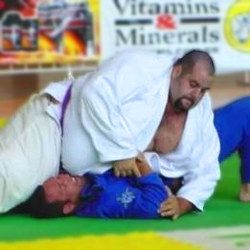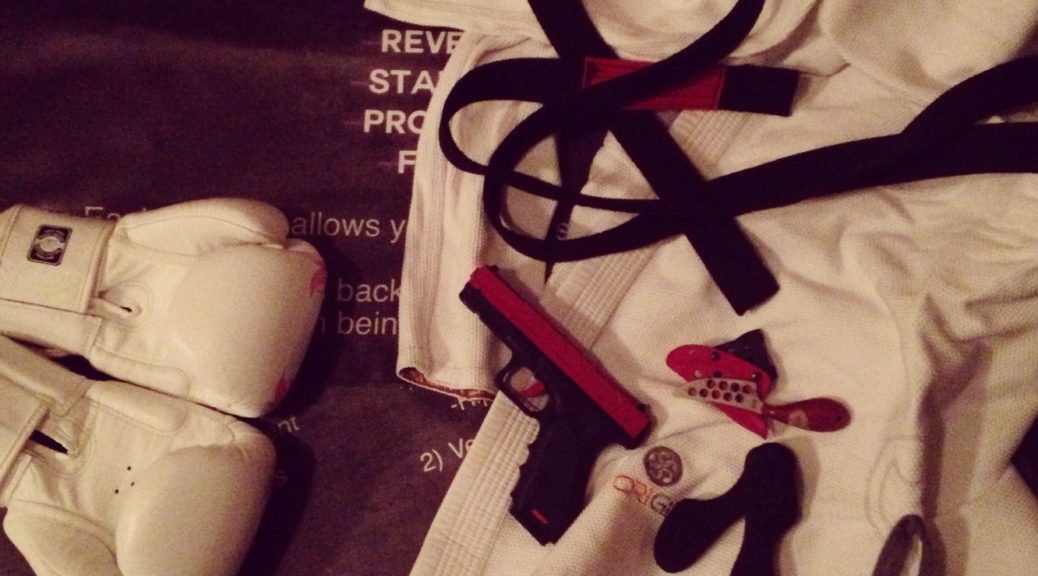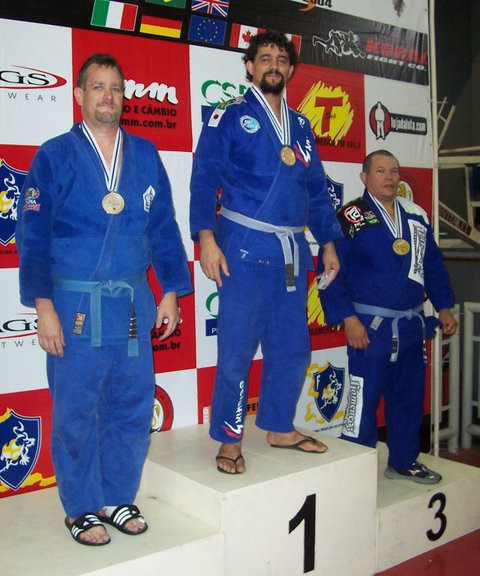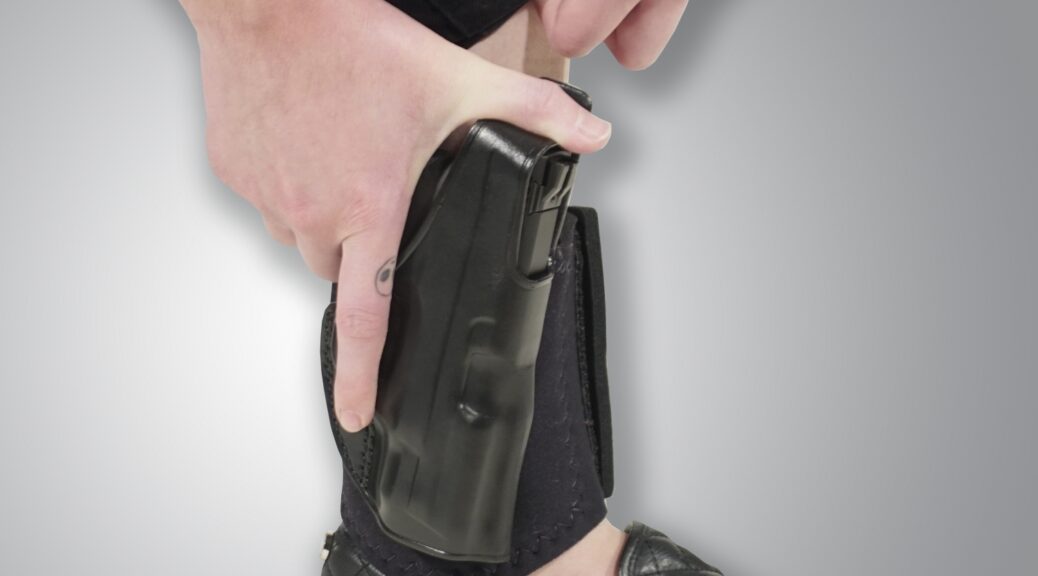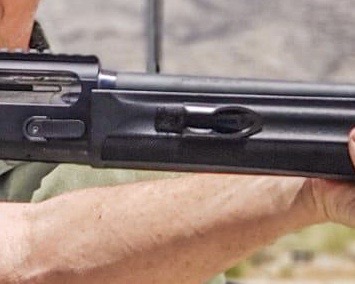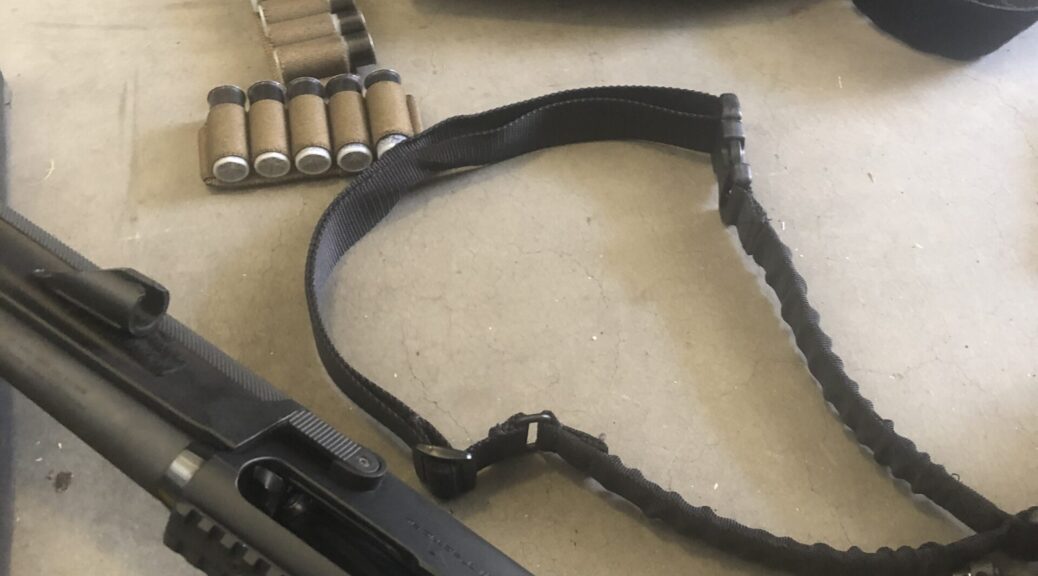When we are fighting off a violent attacker, especially when it is up close and at bad breath distance, there are so many things going on, and the chaos is flowing around you, and the mind is on overload, it is easy to make wrong choices.
Too often in the self-defense training community empty platitudes are the only thing offered. “Violence of action!” Or “I will do whatever it takes to fight back!” or the most insipid of them all “I’d just…….” Somehow those are supposed to let you know how to win when the brain is on vapor lock and the attacker is overwhelming you.
The fact is that the above are exactly that – empty platitudes that have zero relationship to functional fighting methods. While giving simple ideas are good to give a guide pole that is easily grasped, they still have to be workable. One such idea is an important underlying principle I teach in my coursework. This idea is “Don’t Lose”.
I am sure people reading this are saying “well of course you don’t want to lose. That is not real advice”. And they could not be more wrong. While it seems fundamental, in the heat of the battle what happens over and over is that we get in a hurry to get to the end state – in this case surviving a violent assault – and that rush tramples over the principle of not losing.
You see it occur even in with major professional athletes in big MMA fights. Every single UFC card is almost guaranteed to have one fight where one fighter is perhaps even winning the fight when he gets in a hurry to end it and opens himself up for a counter strike by the opponent and gets knocked out. This tendency is more pronounced when someone if desperately defending themselves from an attack, especially when taken by surprise.
We try to hurry to get to a better response but fail to see how we open up windows of vulnerability. The biggest example is in any Force-on-Force scenario where one party tries to get a gun into play at the wrong time and it gets taken away and even used against him.
So instead of trying to just get it over with, focus on staying safe first, and only then take the next step. Don’t lose, because as long as you have not lost, you have a chance of winning.
I will go into more depth on this subject in upcoming articles.

